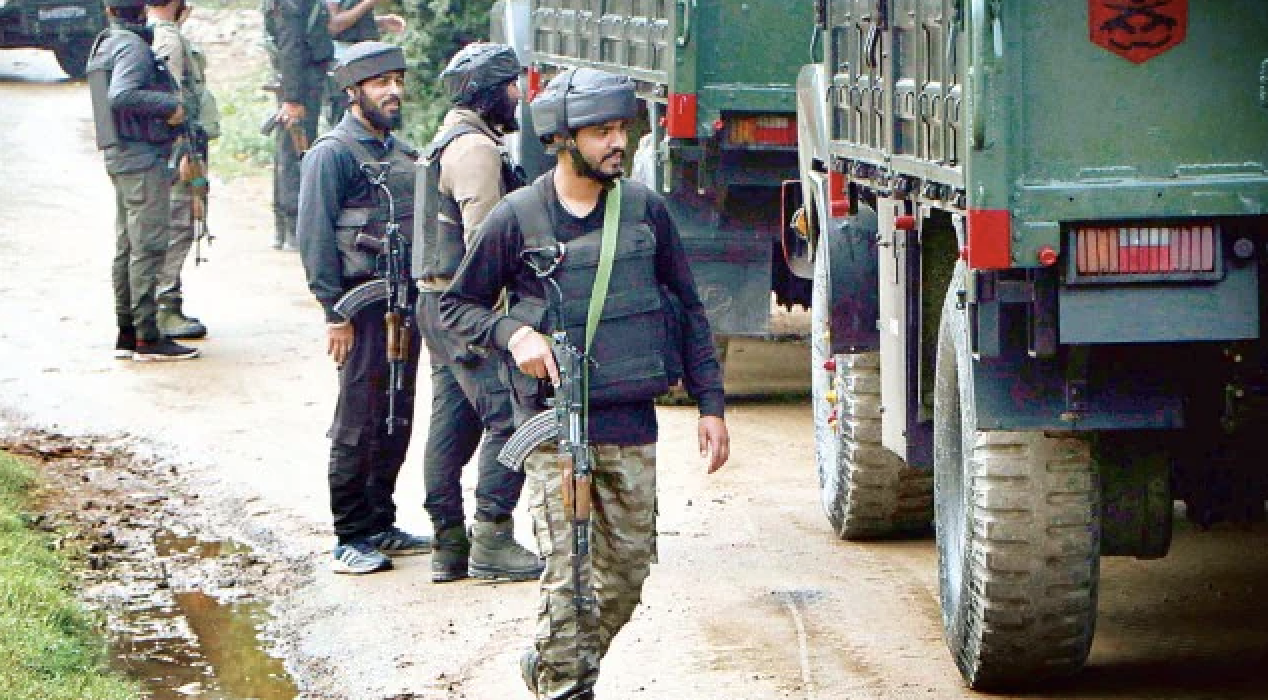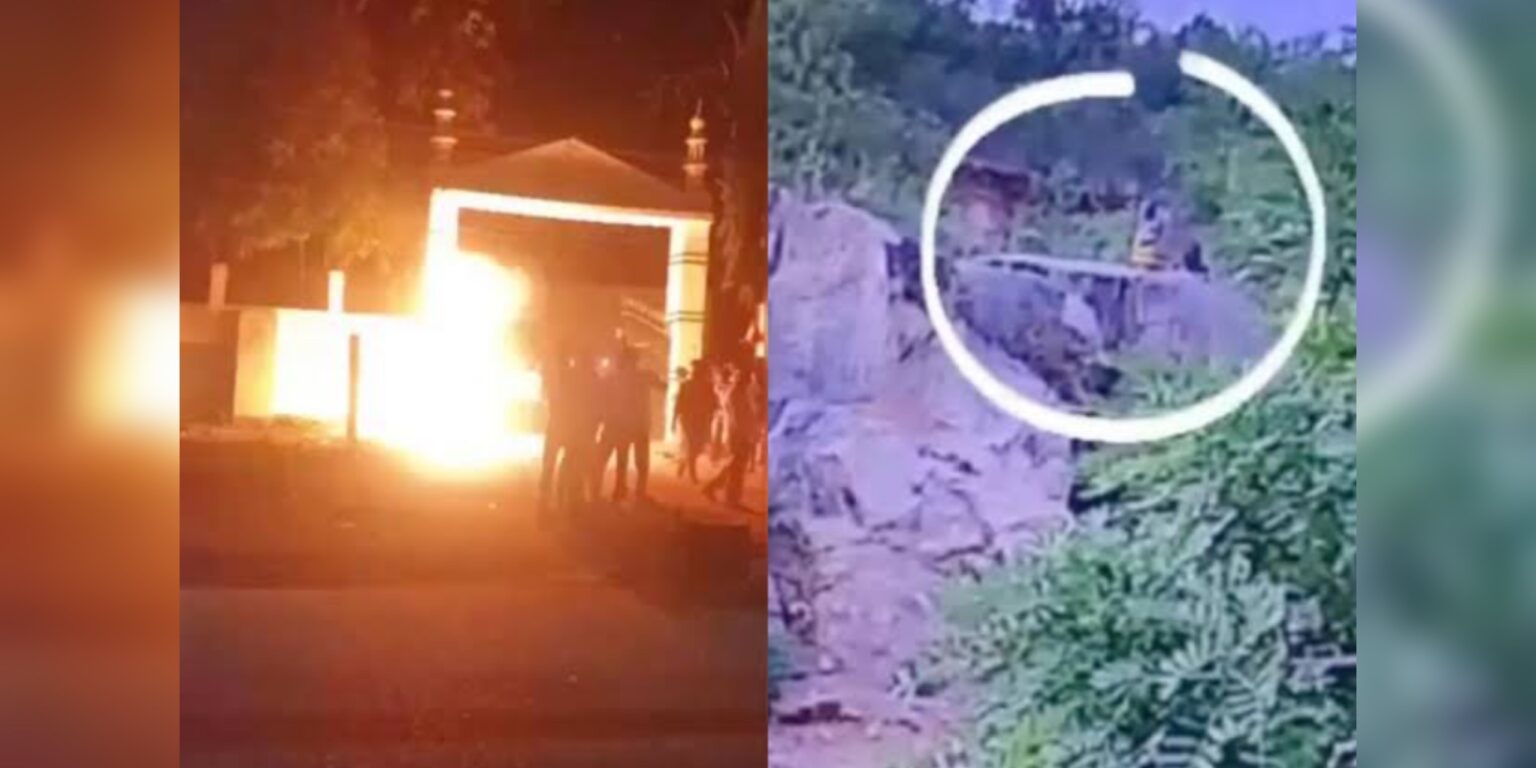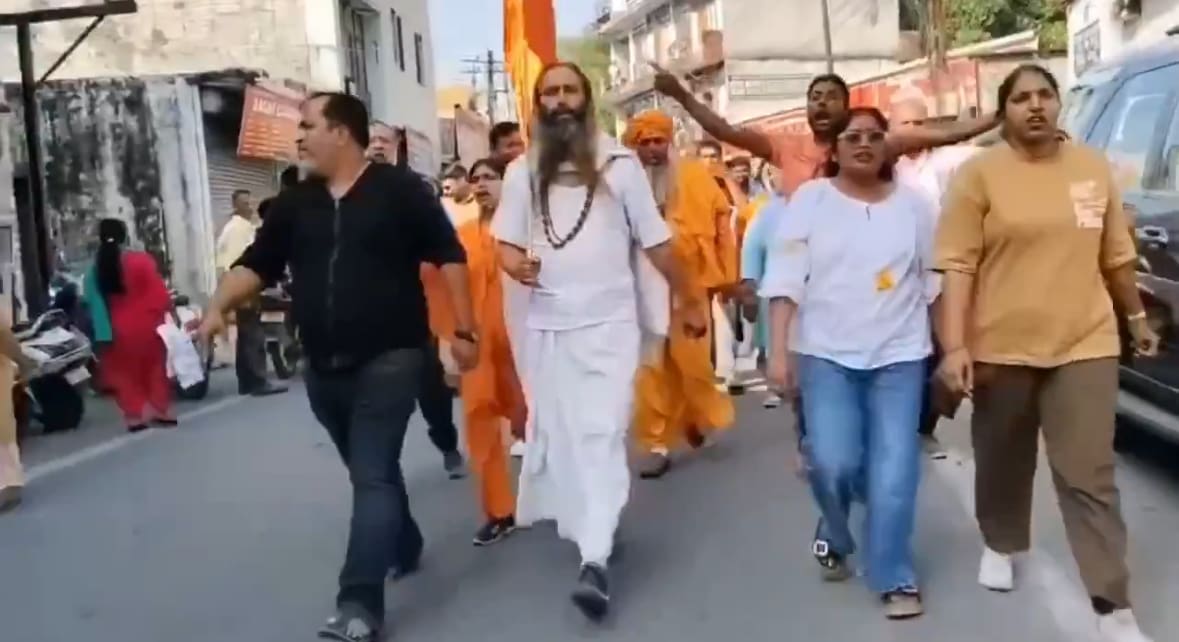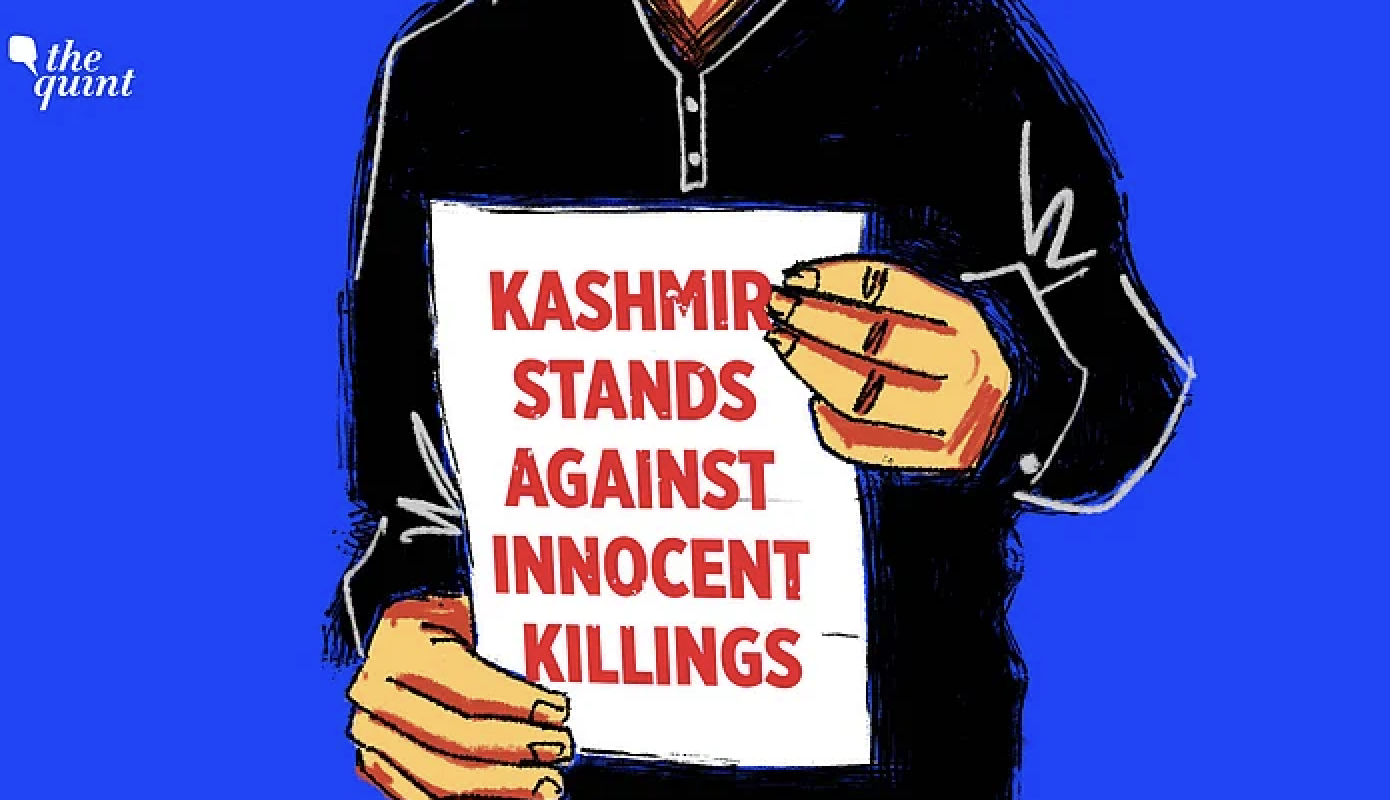
By Ajaz Ashraf
The backlash against the assassination of Mahatma Gandhi on January 30, 1948, prompted the Rashtriya Swayamsevak Sangh to declare, on February 1, that his assassin Nathuram Godse was “never connected in any way with” the organisation. During the Gandhi murder trial, Godse told the court he left the RSS to join the Hindu Mahasabha as he wanted to fight for the “just rights” of Hindus.
A myth was thus spawned.
This myth was bolstered by American researcher J A Curran Jr, who, in 1951, claimed Godse had joined the RSS in 1930 and left it in 1934 to become a member of the Hindu Mahasabha. The reason, Curran posited, was that KB Hedgewar, the RSS founder, refused to turn his then fledgling outfit into a political organisation. Curran did not cite a source for his assertion.
Journalist Dhirendra K Jha’s page-turner, Gandhi’s Assassin: The Making of Nathuram Godse And His Idea of India, shows that the myth about the killer of the Mahatma was a lie the RSS manufactured to conceal its bloody vision. After scrutinising a rich array of documents and biographies of little-known RSS pracharaks, apart from interviewing the relatives of those who played a role in the assassination of Gandhi, Jha produces a chronology showing Godse was always an RSS man—and died as one, too.
Let alone leaving the RSS in 1930, Godse joined it only in 1934, when his father shifted to Sangli town. It was here Godse came under the influence of K B Limaye, a charismatic Brahmin who took the RSS oath in 1932 and was made the chief of its Maharashtra unit in 1934. Limaye groomed Godse to handle the publicity for the RSS.
Under pressure to contribute to the family kitty, Godse was advised by Limaye to move to Pune, which he did, in late 1936 or early 1937. He established a tailoring business in partnership with another RSS activist. Their business thrived, not least because RSS activists got their uniforms stitched by them.
The first concrete evidence of Godse joining the Hindu Mahasabha dates to October 1, 1938, when he led its activists to protest against the Nizam of Hyderabad crushing the religious rights of Hindus. Sent to jail for 12 months, Godse organised within its precincts an RSS shakha or camp. Jha quotes VG Deshpande, another jail inmate, saying Godse administered him the RSS oath during incarceration.
On his release from prison, Godse neither left nor was he expelled from the RSS for his Mahasabha activism. Jha ferrets out a document that shows Godse attended an important RSS meeting on December 1, 1939, in Pune, as an “original member.” Next year, he attended the RSS meeting as an “organiser”, which implied he had been promoted.
So much for claims that Godse left the RSS in 1930!
In July 1940, the British Indian government banned members of voluntary organisations from wearing uniforms and conducting parades. This diminished the lure of the RSS, as drills in khaki shorts had a great attraction for the youth. Godse and Narayan D Apte, also hanged for his role in the assassination of Gandhi, circumvented the ban, for they were instrumental in floating the Hindu Rashtra Dal (HRD) in 1942. The HRD offered young men militaristic training, including handling air guns.
The HRD can be perceived as a response to the Hindu Mahasabha’s 1939 resolution to float a Hindu National Militia. Yet the HRD also had the Sangh’s imprint. Godse is on record stating that the HRD’s first camp, in May 1942, was attended by “swayamsevaks and their sympathisers.” Jha quotes Godse’s friend L G Thatte thus: “The Hindu Rashtra Dal was formed out of trusted RSS men.”
For the HRD’s second camp the next year, the RSS sent two of its best teachers—P G Sahasrabuddhe and D V Gokhale. Then again, Limaye headed the HRD as well as the Sangh’s Maharashtra unit. Walter D Andersen and Sridhar D Damle, in The Brotherhood in Saffron, claim Limaye had ceased to be an RSS member between 1943 and 1945. Jha, however, shows Limaye was on the list of the RSS organisers during those years.
Jha says Godse’s everyday dress was the RSS uniform—khaki shorts, half-sleeved white shirt and black cap. In later years, he took to wearing dhoti but never exchanged the RSS cap for the Mahasabha one. Dada Maharaj, a Hindu preacher, testified to the police that Godse always wore the RSS uniform during their meetings in 1947.
Jha shows that the RSS and the Hindu Mahasabha had, to a great extent, an overlapping membership, which explains why Godse, before he was hanged, recited the first four sentences of the RSS prayer. His idea of loyalty had him, during the court trial, protect the RSS from the ineffaceable stain of killing Gandhi.
Jha’s book should come in handy for the legal team of Congress leader Rahul Gandhi, who faces a defamation suit for saying the Mahatma was killed by an RSS man. Armed with Jha’s breathtaking investigation, Gandhi can nail the lie that Godse had left the RSS long before he pumped bullets into the Mahatma.
This story first appeared on mid-day.com






